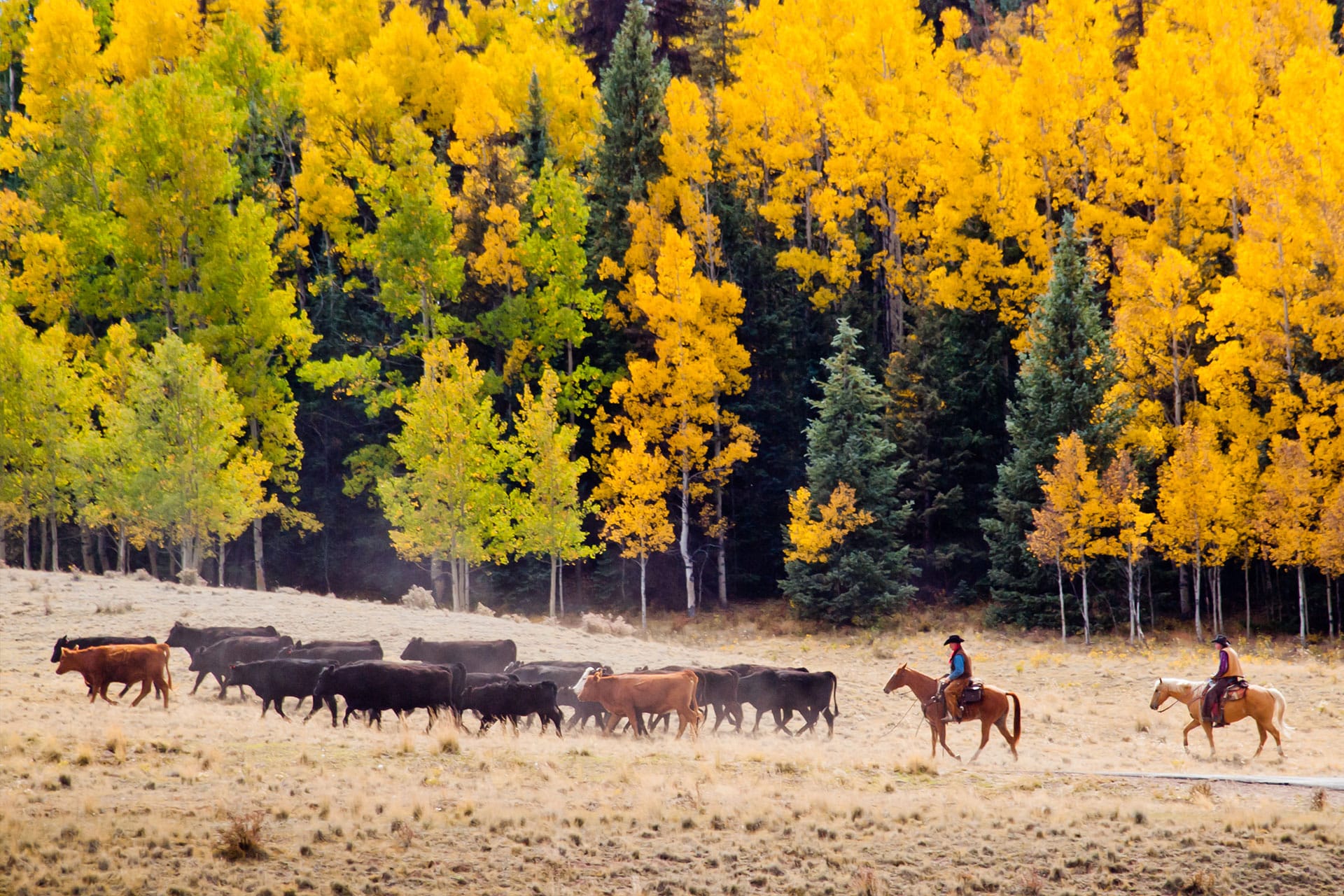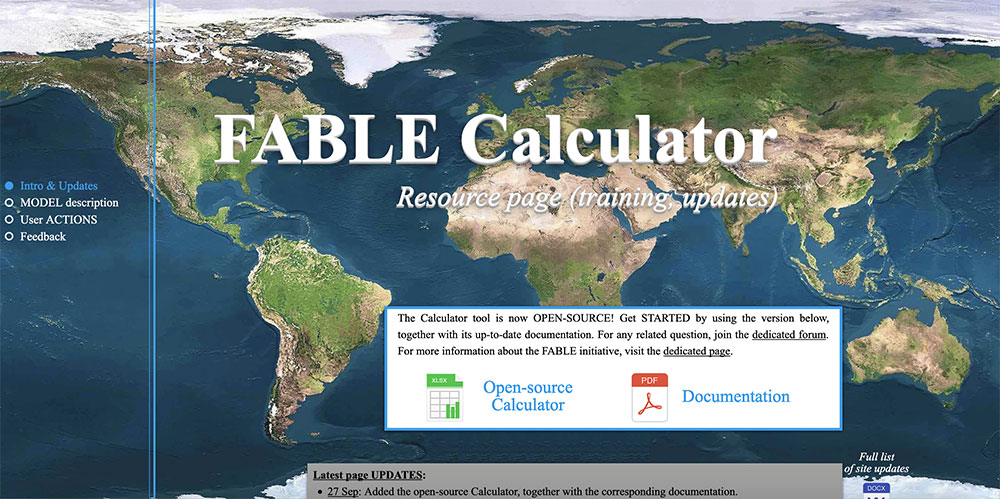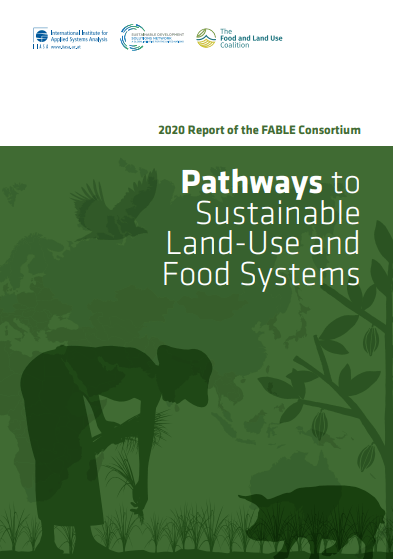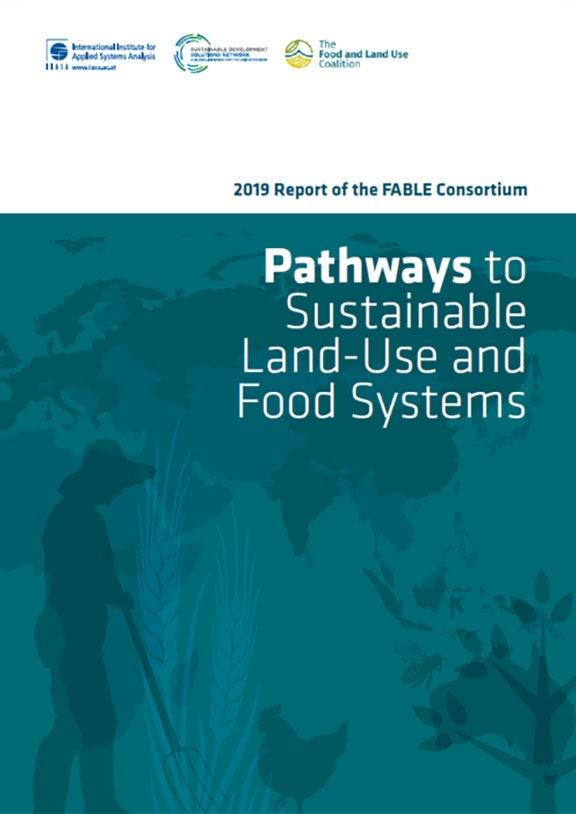Food and land use context in United States
One of the largest countries in the world, the United States of America is also the third most populous country. The variety of different landscapes and climates between Alaska, Hawaii, and the contiguous US makes it one of the most biodiverse countries in the world. The numerous American national and federally managed parks are notably dedicated to preserving the US’s rich environment; however, biodiversity is still threatened by habitat loss and degradation. A net exporter of food, the US is also a large producer of corn, soybean, and wheat, as well as beef and poultry, two products present in large quantities in the ultra-processed American diet. High in fat and sugar, this diet contributes to very high rates of overweight and obesity in the US (71% of adults are overweight). High body-mass index is the second most important factor driving the most death and disability combined in the US, where 20% of all deaths are attributable to dietary risks.
Food and land use context in United States
Participating institutions: The Nature Conservancy (TNC); National Center for Ecological Analysis and Synthesis (NCEAS); RTI International; University of California San Diego (UCSD)
Team members: Grace C. Wu (TNC and NCEAS), Justin Baker (RTI International), Gordon McCord (UCSD), Chris Wade (RTI International)
Publications: 2019 Report of the FABLE Consortium. Pathway for the United States.
News and resources:
ZCAP, chapter on “Accelerating Sustainable Land Use Practices in the U.S.”













